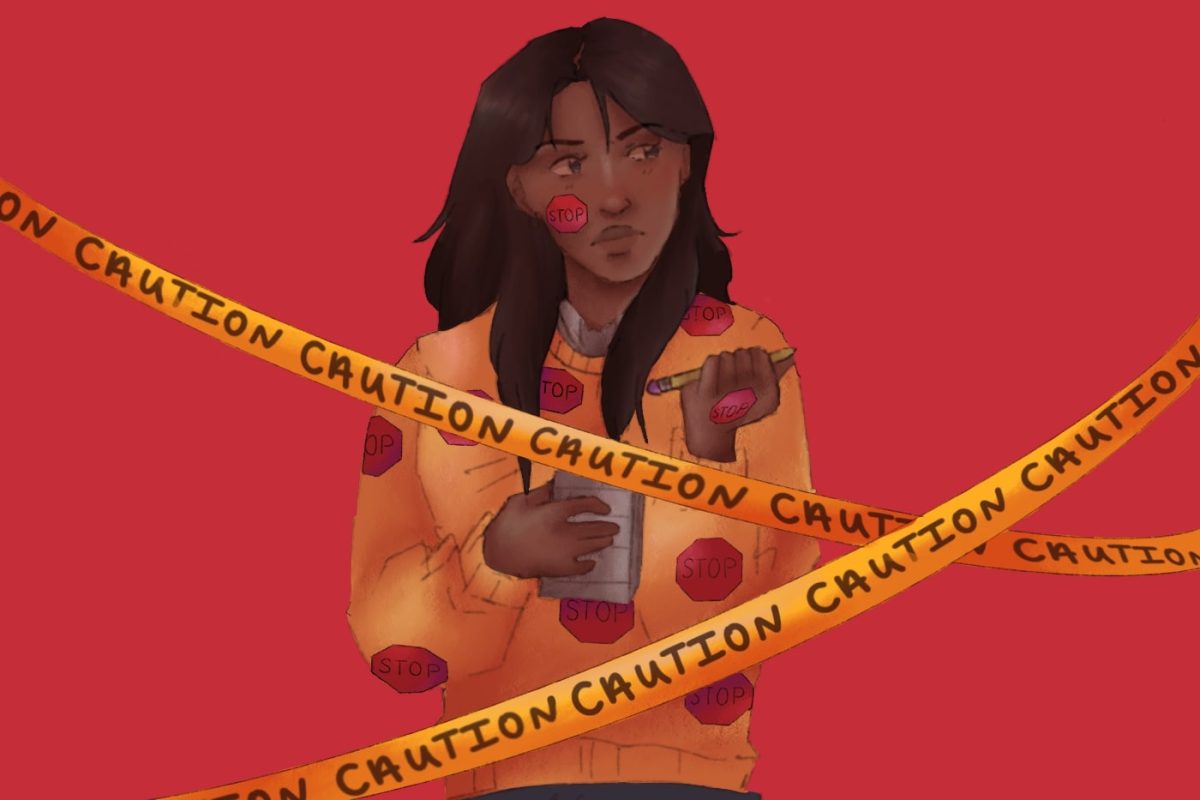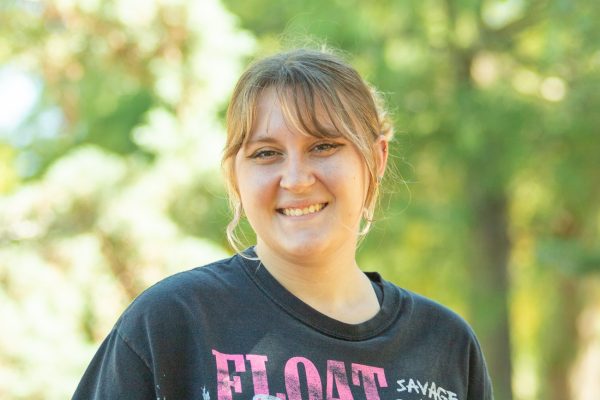The Kansas House of Representatives’ new media rules, implemented with the start of the 2025 legislative session, represent more than just a logistical adjustment — they are a troubling step backward for government transparency and accountability.
Previously, reporters had access to the House floor, allowing them to closely observe proceedings and ask questions in real-time. It is ideal for journalists to get as much information as possible, and to hear the whispers on stage that often aren’t captured by House microphones and recordings.
Now restricted to the gallery or designated side area, journalists are at a disadvantage in fulfilling their watchdog role.
House Speaker Dan Hawkins is behind the change in media access; he said he wanted to provide staff with better seats. Before the adjustments, the staff’s designated seats were in front of the press box on a bench.
Limiting reporters’ access compromises the public’s ability to understand what happens in Topeka — a move that should concern Kansans everywhere.
The assertion that journalists can still hear everything on the sidelines misses the point. Reporting from the gallery isn’t the same as being immersed in the action on the floor. The nuances of a legislative session — whispered exchanges, spur-of-the-moment remarks and the immediate ability to question people discussing and handling law and politics — are best captured from the House floor.
Any distance between the proceedings and the reporter dilutes the details and, by extension, weakens the public’s understanding of their government’s decisions.
The press serves as the public’s eyes and ears, not just passive spectators. This shift could pave the way for further erosion of transparency, where “distractions” become a convenient excuse for silencing the press from upholding their constitutional responsibility.
The Kansas House should reconsider these rules. Restoring full access to the House floor would demonstrate a commitment to open and transparent government and the democratic values Kansans deserve and need.
In an era when misinformation and distrust in institutions run rampant, the press is the foundation of transparency. Limiting our access only raises more questions about what lawmakers might want to keep hidden. Anything less risks not just the press’s ability to do our job, but also the public’s right to know.





